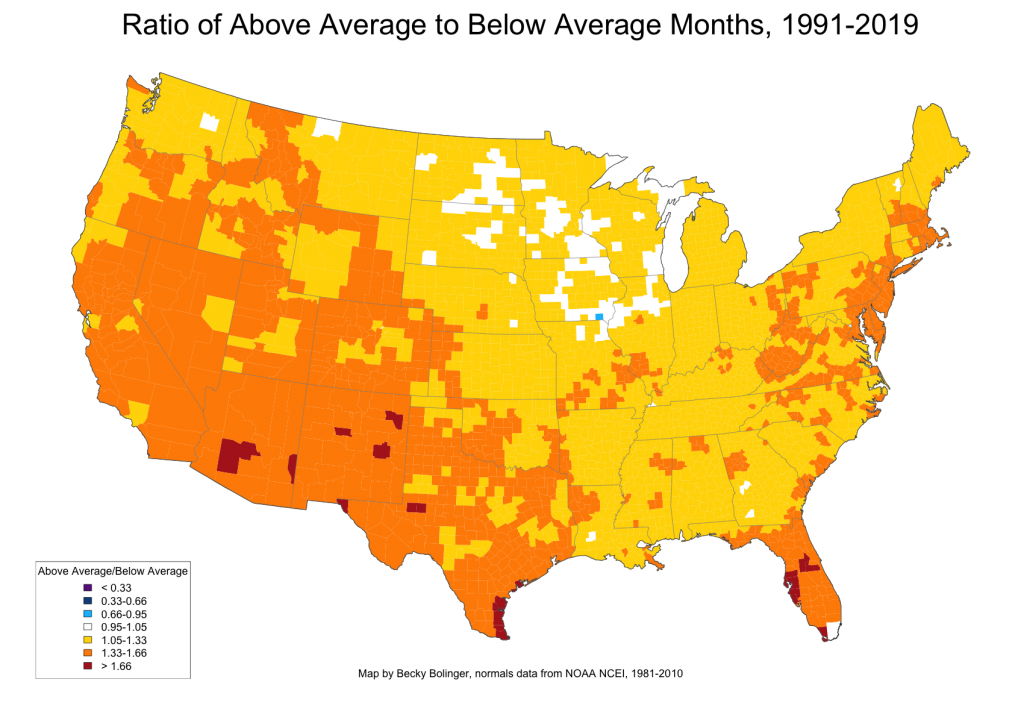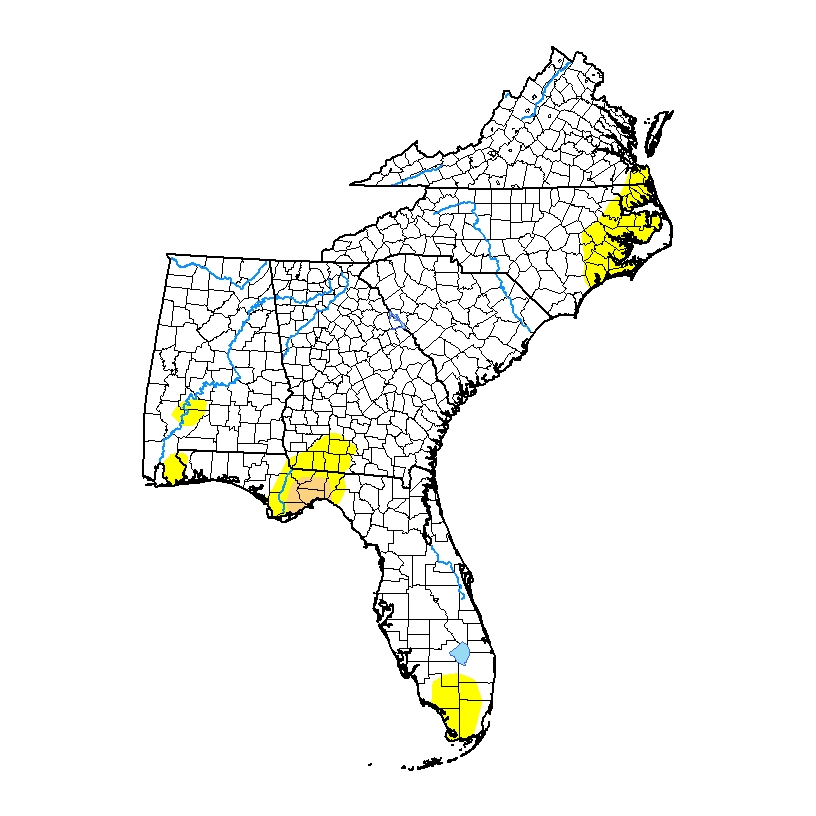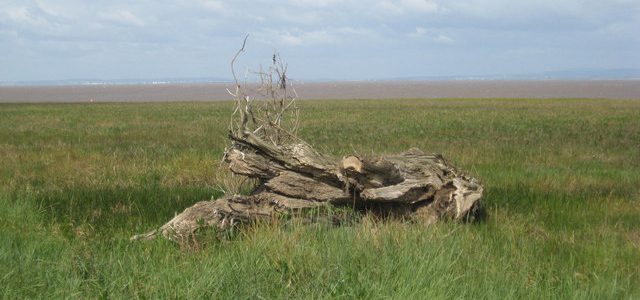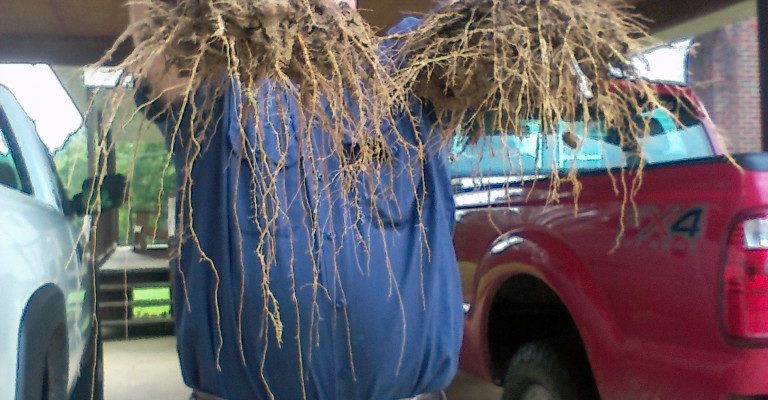-

Earlier this month, posted an interesting story about how housing practices from decades ago are still determining which neighborhoods are experiencing the most urban heating. Back in the 1930’s, many neighborhoods were ‘red-lined”, shutting some minorities out of the most desirable neighborhoods and segregating them. A recent study shows that even decades later, the neighborhoods…
-

How do we determine what “normal” weather is? Climatologists use a 30-year average to calculate normal temperature and precipitation for stations around the US. The last averaging period was 1981-2010, which means that we have less than a year to go before the next averaging period begins (1991-2020). How are the normals expected to change…
-

The latest Drought Monitor, released this morning, show that while there is no change in the amount of drought this week, areas of abnormally dry conditions have appeared in Alabama and the far western panhandle of Florida. They have also expanded to cover a good portion of eastern North Carolina. We’ll be watching to see…
Posted in: Drought -

In spite of the recent cold weather, 2o2o has gotten off to a toasty start across the Southeast, with temperatures running several degrees above normal across the region. Since warmer weather is expected to return to the area before the end of the month, it’s likely that January will end up significantly above normal. Precipitation…
-

A new study published in Nature Medicine indicates that rising temperatures are likely to result in an increase in deaths and injuries in the US. Earlier studies have shown that heat waves are associated with increases in violent crimes, falls, and accidents. Other studies have shown increases in drownings and suicides in hot conditions. Hotter…
-

If you live along the north coast of the Gulf of Mexico, you may be interested in viewing some 2-page fact sheets for federal lands there. They were produced by researchers supported by the Southeast Climate Adaptation Science Center and describe the effects of rising sea levels and other trends on federal lands like wildlife…
-

Changing climate is bringing more heat waves, droughts and flooding rains to the US. Farmers are on the front lines of dealing with this increasingly erratic weather and are trying to find new ways to adapt to the changing conditions by using their land management skills to their advantage to produce crops. Here are a…